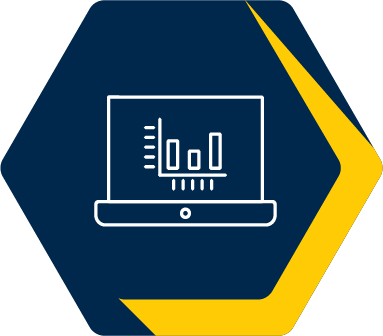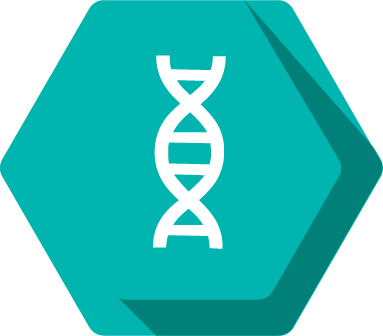Ahmad Abu-Mahfouz

Research Mentor(s): Steve Guzman, Graduate Research Assistant
Research Mentor School/College/Department: Molecular & Integrative Physiology, Michigan Medicine
Presentation Date: Thursday, April 22, 2021
Session: Session 3 (1pm-1:50pm)
Breakout Room: Room 7
Presenter: 3
Abstract
Schwann cells play a pivotal role in the maintenance and regeneration of axons in the peripheral nervous system by directly communicating with motor neurons. Under conditions of acute oxidative stress, Schwann cells produce cytokines and neurotrophins to communicate with immune and nerve cells to orchestrate the nerve repair process. However, less is known about the direct communication that occurs between schwann cells and myofibers. In an in vitro setting, the communication between schwann cells and myofibers, as well as the effects of oxidative stress on myogenesis were investigated. Schwann cells were activated with hydrogen peroxide to induce growth factor and cytokine expression. Conditioned media from both activated and non-activated Schwann cells were then added to skeletal muscle progenitors cells (C2C12) to assess the effects of treatment on myogenesis. We hypothesized that the C2C12 cells receiving the conditioned media derived from activated Schwann cells would display larger myotubes than C2C12 cells that were treated with non-activated conditioned media and non-treated controls. Images were taken with a fluorescent microscope six days after treatment and the results showed that myotube diameter was not significantly different between the three groups. More experimentation and analyses are needed to fully understand the communication between Schwann cells and myofibers, especially in conditions of elevated oxidative stress such as aging. Further analysis of such data and gaining a thorough understanding of the relationship between these cells can be vital in the discovery and implementation of new treatment methods for neuromuscular diseases.
Authors: Ahmad Abu-Mahfouz, Steve Guzman
Research Method: Laboratory Research







